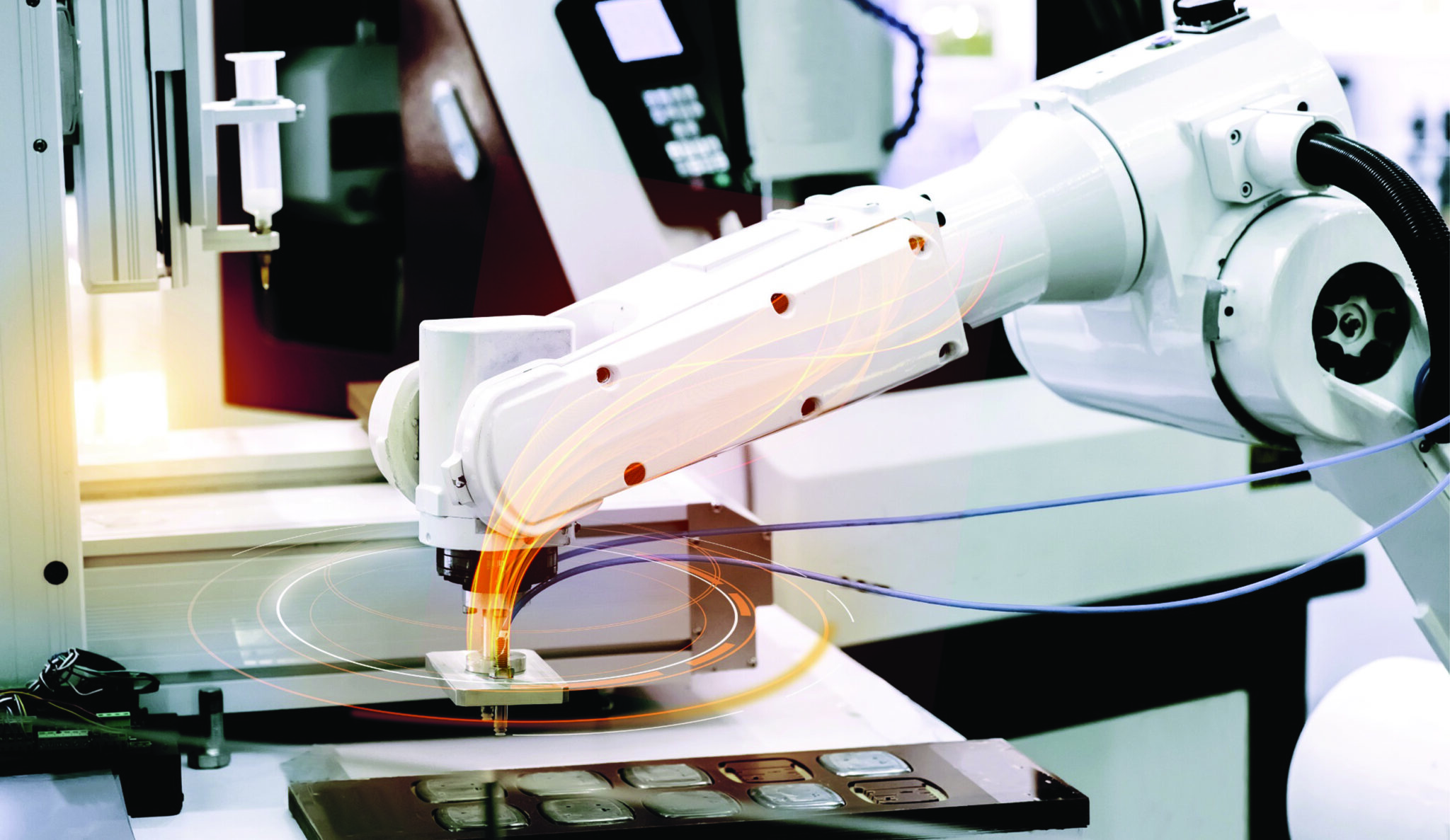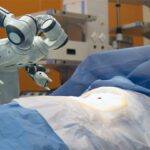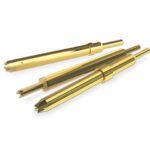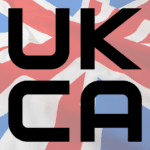Heavy-Duty Connectors Protect the Flow of Power and Data in Robots in Harsh Environments
As robots become ubiquitous and the tasks they take on grow more complex, one constant remains: they must be able to endure harsh environment conditions without interruption or performance impacts.

The definition of “harsh” varies significantly across the many operating environments that require automated processes. Some robots may be working in a highly controlled clean room or surgical suite, while others operate on a grimy, dusty, or contaminated factory floor. In both instances, they will face aggressive cleaning or sterilization agents, vibrations, extreme temperatures, welding sparks, gaseous environments, or electromagnetic interference.
For a robot to perform within its specified parameters, the controllers need accurate, real-time information on its position. If the position data flow is interrupted, the computer cannot accurately measure the position of the robot. Its assumptions may be inaccurate, and it may issue commands that lead to overreaching or overcompensating movements. Rugged interconnects that can protect the flow of power and data even under less-than-ideal conditions are essential to safe and reliable robot operation, and overall productivity.
The cost of lost communication
The cost of lost communication from poor connectivity cannot be overstated. Take the example of an automotive manufacturing facility that produces 500,000 electric vehicles per year. Industrial automation processes allow the factory to run 24/7 all year. This robotic support creates potential revenues of $25 billion annually for the company, or about $6.8 million a day. However, if the data stream controlling a robotic arm is interrupted for a few moments and takes the machine down, the factory loses $50,000 for every minute the machine is out of operation.
In another example, a cutting-edge medical facility uses cobots in the operating room to minimize patient downtime and increase overall safety during complex procedures. If electromagnetic interference lowers the cobot’s precision, it cannot be used safely for surgery. The procedure must be postponed until the machine is fixed, costing the facility about $200,000 a day in lost revenue.
These examples demonstrate the need for stable and continuous connectivity. Harsh conditions in the factory or the operating room create a need for reliable systems that can endure a wide range of potential impediments. As more functions are automated, robotics can impact safety, productivity, and a company’s bottom line in a big way. Engineers need to find solutions that keep computers and robots communicating optimally.
Ensuring connectivity under challenging operating conditions
Sensitive robotics and automated systems used in industrial environments face several types of challenges. High temperatures, for example, can gradually degrade component materials, which increases the potential for interruptions to the flow of power and data. Yet concentrated high temperatures are common in many environments where robotics are used. Injection molding machines, for instance, commonly experience temperatures up to 220° C.
The compatibility of electronic components with various cleansing agents and procedures should be considered when designing systems. Cleaning agents are frequently present in production or processing areas, usually under high pressure and temperature. These chemicals can be extremely harsh and corrosive to sensitive electronics. They are also application-specific. For example, a meat processor will use different cleaning agents than a dairy facility or an automotive plant.
Water and moisture present in automation environments can also impact robots’ reliability. Components and systems must be appropriately protected from moisture and particulate ingress. The IP67 standard is designated for components that have been designed to withstand exposure to fluids. The IP69K standard indicates that a component has been designed to withstand moisture plus high pressure and high temperatures, which can occur during some processes in which pressurized water is used to clean or decontaminate equipment.
Finally, robotics engineers must protect equipment from electromagnetic interference (EMI). On the factory floor, motor and motor control functions on robots produce EMI, as does electrical welding and other equipment in the area. This interference can corrupt or distort data, reduce productivity, and even damage equipment. Shielding connectors and cables is an important consideration in designing systems that can operate in complex electronic environments.
Dedicated industrial connectivity solutions

Heavy-Duty Connectors
Heavy-duty connectors (HDC) can help engineers meet both the requirements and the challenges of building robots for harsh industrial environments. Built in a rugged housing and designed to transmit power, data, and signal, HDCs help guarantee safe, reliable, and productive operation of robots in the toughest conditions. Industrial RJ45 cable connectors, for example, provide a similar interface to standard RJ45 connectors in a more rugged and shock-resistant design. Modular HDCs are an ideal complement to hybrid cable systems, as they provide the ability to create a component that matches the exact needs of a unique or flexible design.
TE Connectivity’s range of HDCs features specialized termination technologies that reduce the work and time needed to install, maintain, or upgrade electronic systems in harsh environments. This ease of use increases installer productivity and reduces the impact of maintenance.
- HDC HMN modular connector system : Modular solution used to transmit power, signal, and data in harsh environment and industrial markets, including industrial automation, automotive, and rail. Modular format enables easy interface configuration.
- HDD/HEEE/HQ rectangular insert series : High-density solution with a space-saving and compact design for use in harsh environment applications.
- EMC Version Hoods and Housings: Ruggedized component protection with 360° EMI protection and IP68 sealing.
Visit TE Connectivity to learn more.
This article originally appeared in the 2022 Harsh Environments eBook. Download it today to read more.
Like this article? Check out our other Heavy Duty and Robotics articles, our Medical Market Page, and our 2023 Article Archive.
Subscribe to our weekly e-newsletters, follow us on LinkedIn, Twitter, and Facebook, and check out our eBook archives for more applicable, expert-informed connectivity content.





